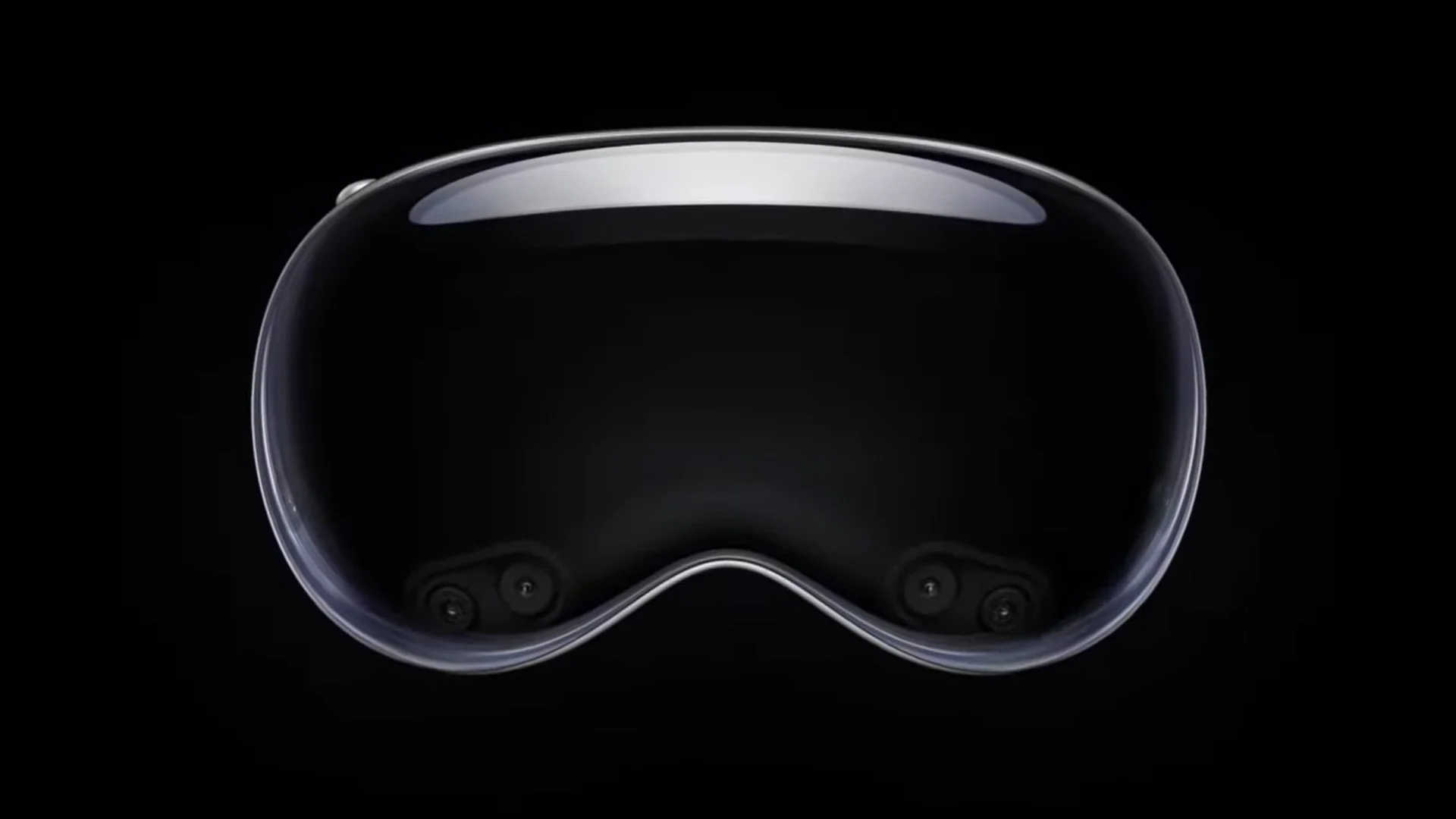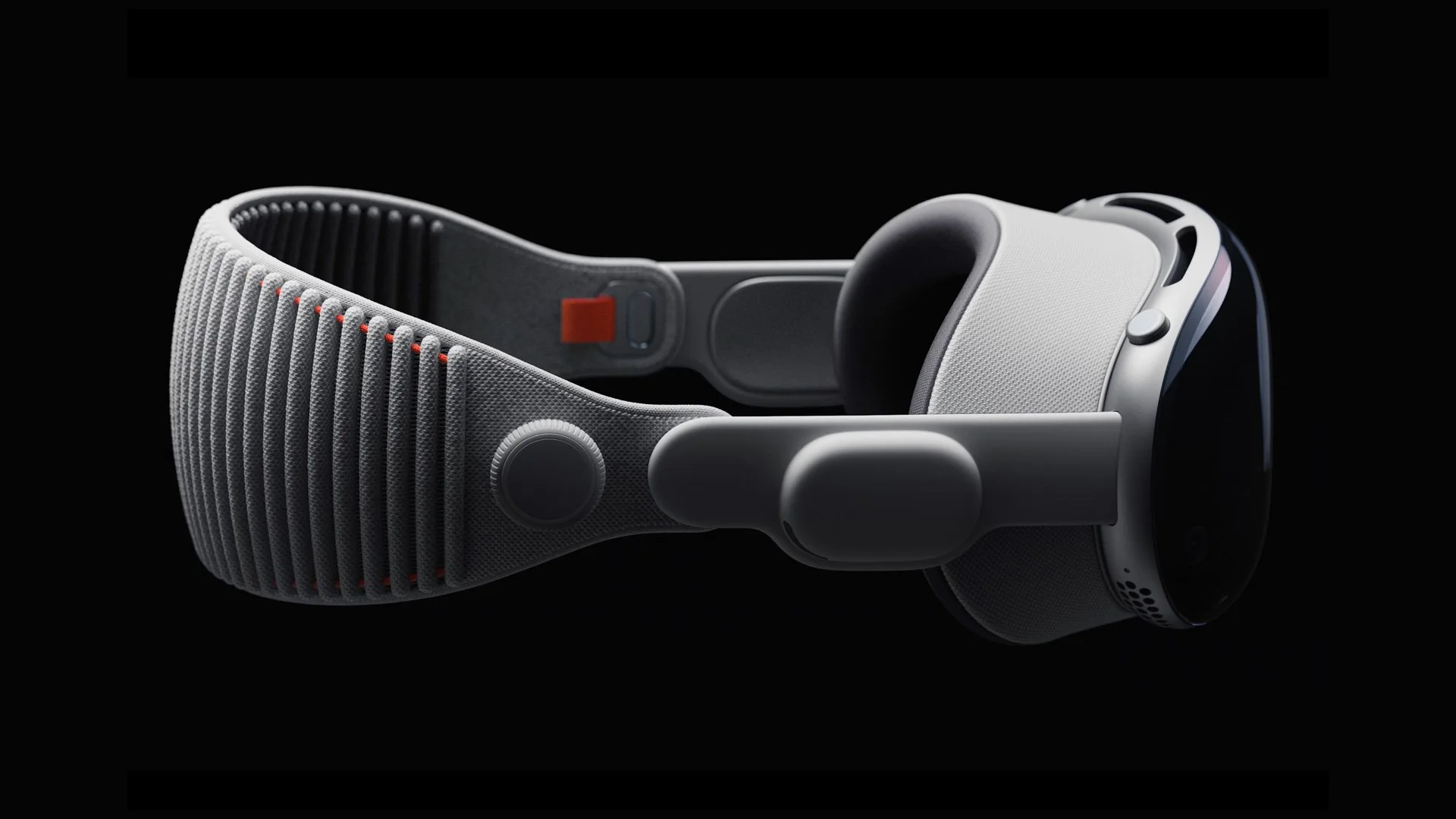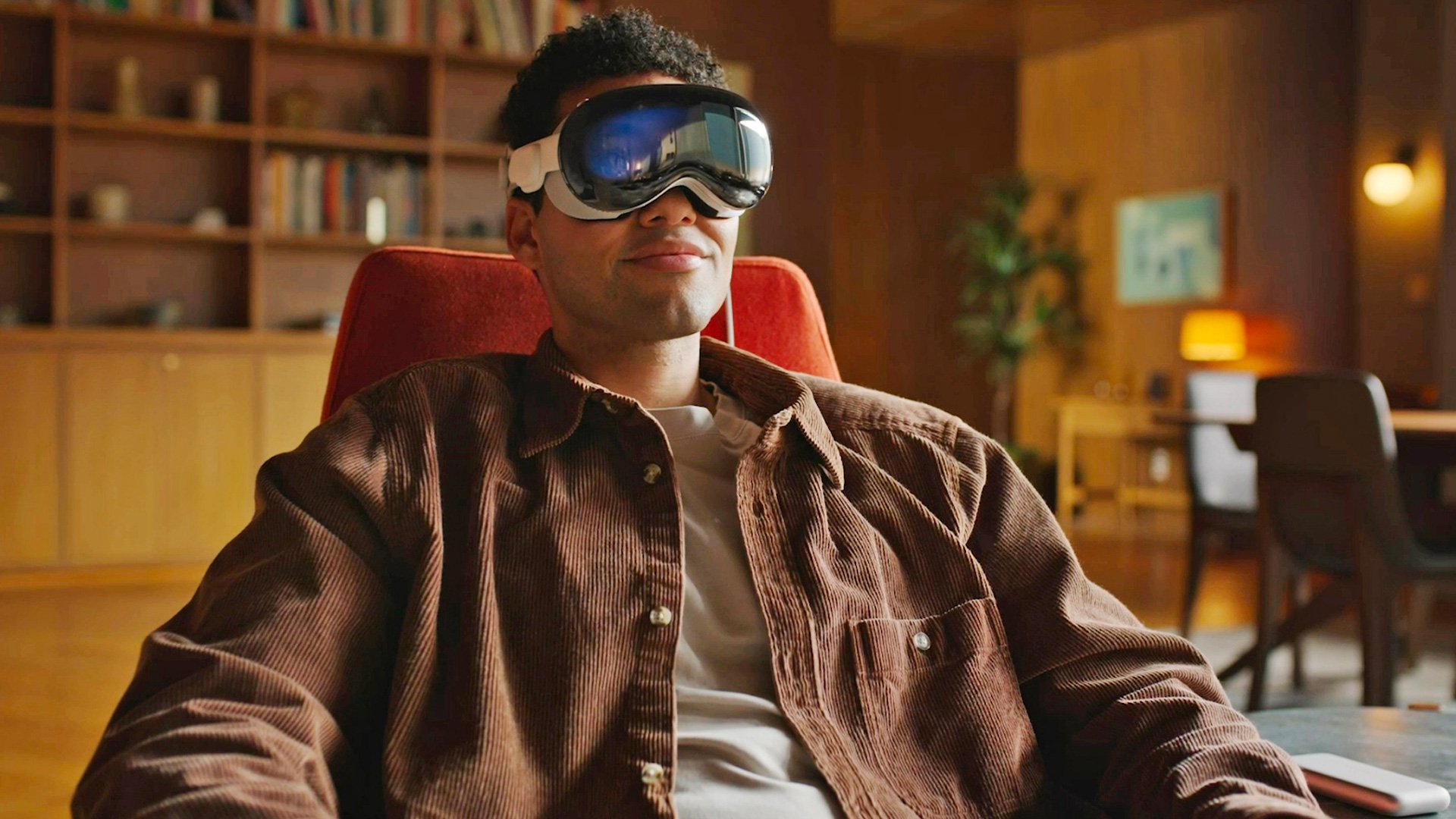Apple Vision Pro: Mixed Reality Headset Entry
There have been several rumours that Apple was developing a virtual/augmented reality headset in the workshop. On 5th June 2023, Apple unveiled their first spatial computer, the Apple Vision Pro. The Vision Pro is Apple's entry into the mixed reality market and competes against the likes of Meta and Microsoft. Apple sees the Vision Pro as a new era for computing with a release in 2024.
Video: Introducing Apple Vision Pro by Apple
Price
The price will be painful on the wallet at $3499 compared to offers from Sony and Meta which start from £499. Although the expected release is 2024, the Vision Pro has not been authorised as required by rules of the Federal Communications Commission (FCC).
Design
With the Vision Pro being priced at the high end, Apple has pulled out all the stops when it comes to the design of the headset. The frame of the headset is made from lightweight aluminium that holds one piece of glass at the front of the headset. The headset is powered by an external battery source which fits around the waist. The headset has a customisable foam cushion around the front of the headset that comes in a range of shapes and sizes that conforms to the user’s face for a precise fit.
One of the most striking design elements is the Vision’s Pro transparent front of the device enabling you to see the user’s eyes. Apple’s Eyesight technology will blur VR and AR technology together while helping users stay connected with those around them.
The Vision Pro packs a 4K display into each eye displaying over 23 million pixels. The display can be used to interact with 3D user interfaces and movies. Vision Pro uses two individual audio pods on either side of the user’s head to deliver a spatial audio experience.
Specs
The Vision Pro is powered by the R1 processor which will process information from the sensors and the M2 chip will power the Vision Pro headset.
Apple has developed a brand new operating system called VisionOS that is designed to support the low-latency requirements of spatial computing. VisionOS will allow users to have multiple operating windows open at once and will have its own dedicated App Store.
The Vision Pro supports an external battery around the size of a small remote control and will last for two hours. However, the battery can also be used while plugged.
Summary
Apple's unveiling of the Vision Pro shows the company’s desire and belief that virtual and augmented reality space is the next advancement in technology. Apple is marketing the Vision Pro as a spatial computer without the need for controllers due to sensors being able to recognise hand gestures. The emergence of Apple’s intentions has given the metaverse space a boost in confidence and could see huge development within the space. It will be interesting to see how the product is when it gets released in 2024 but also to see how Apple plans to develop the concept even further. As this product is named the Vision Pro, there could be a non-pro version at a cheaper price which might appeal to a larger demographic.
The development of VisionOS could give us a glimpse of the future of computing. The operating system allows users to essentially use multiple windows similar to traditional computer operating systems in a virtual/augmented reality space. This kind of technology can be seen in movies such as Ready Player One, Iron Man, and Minority Report.




